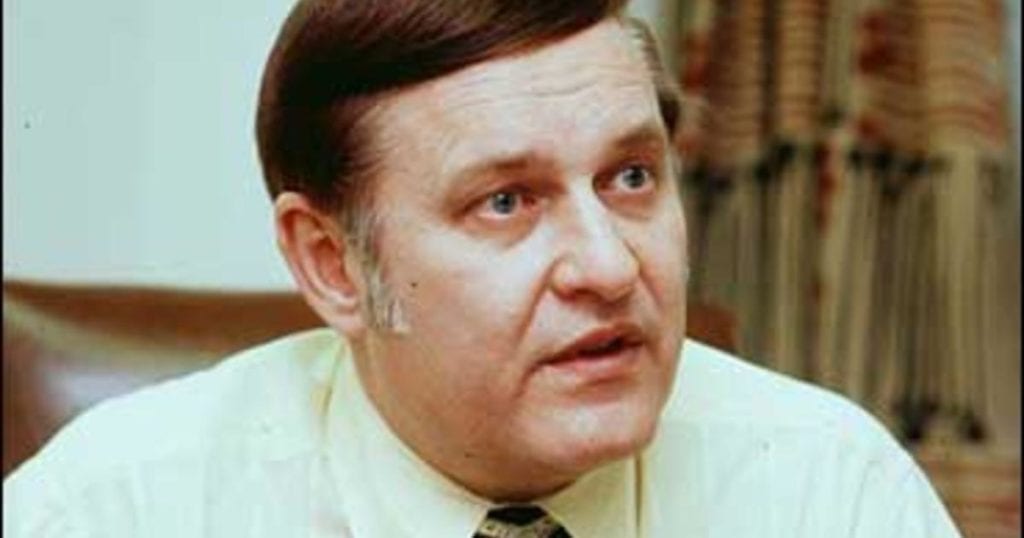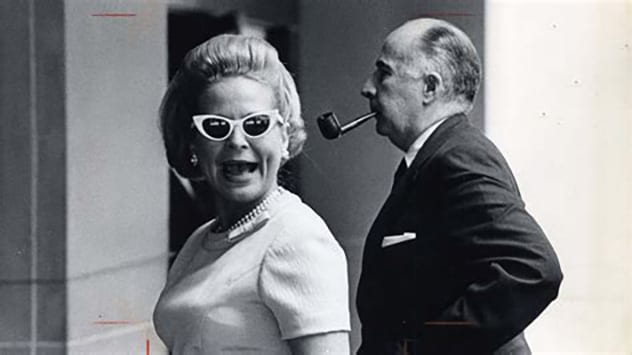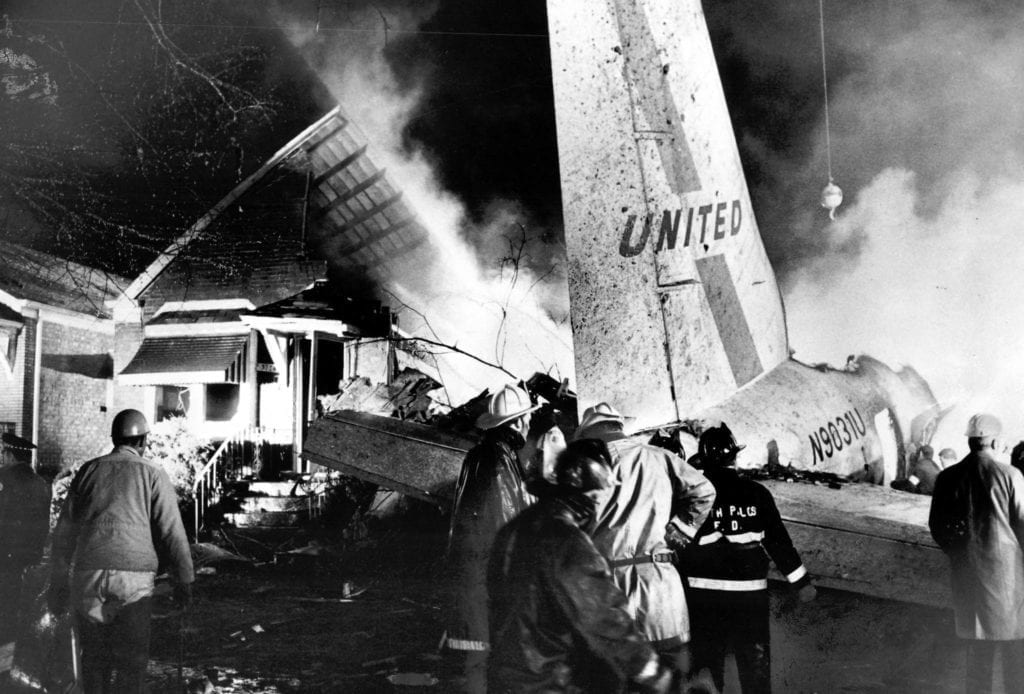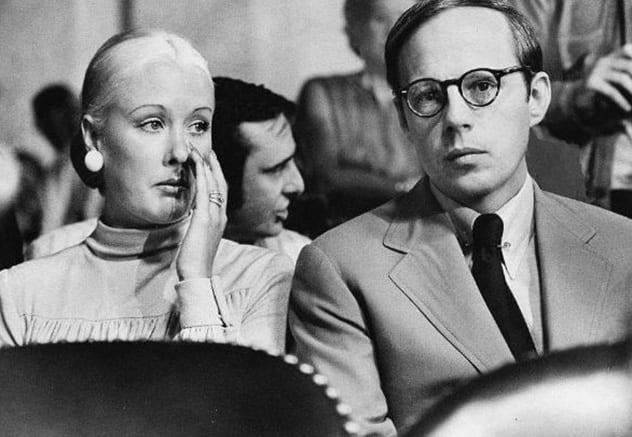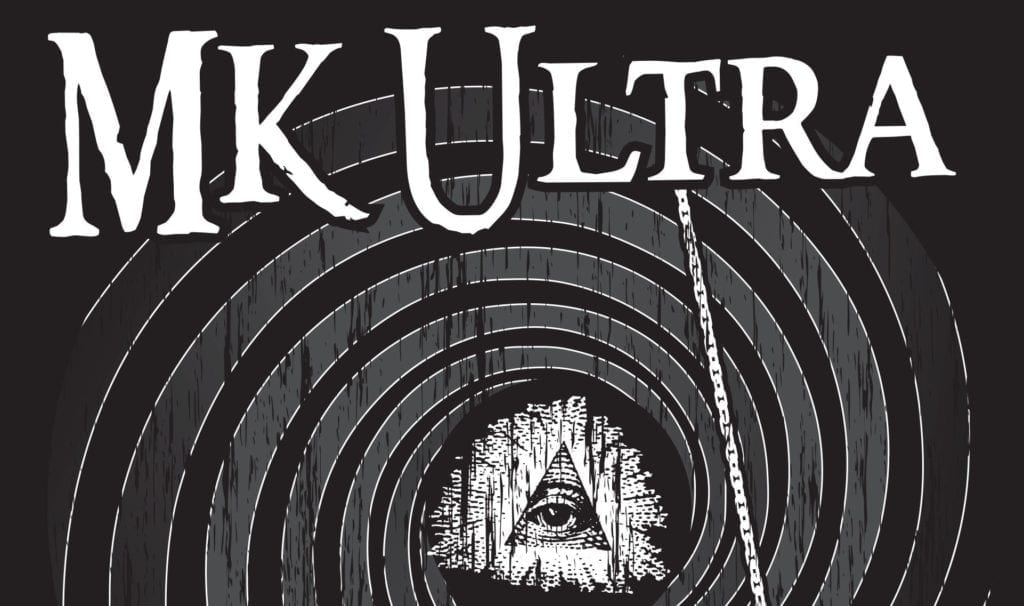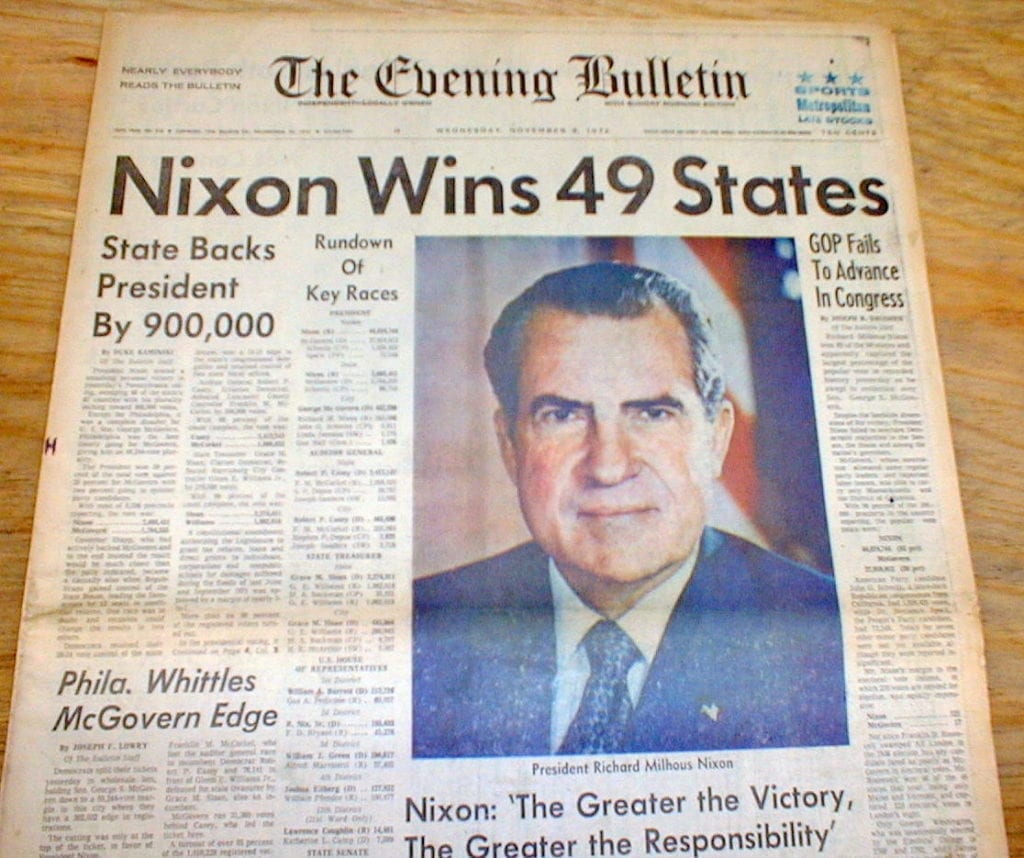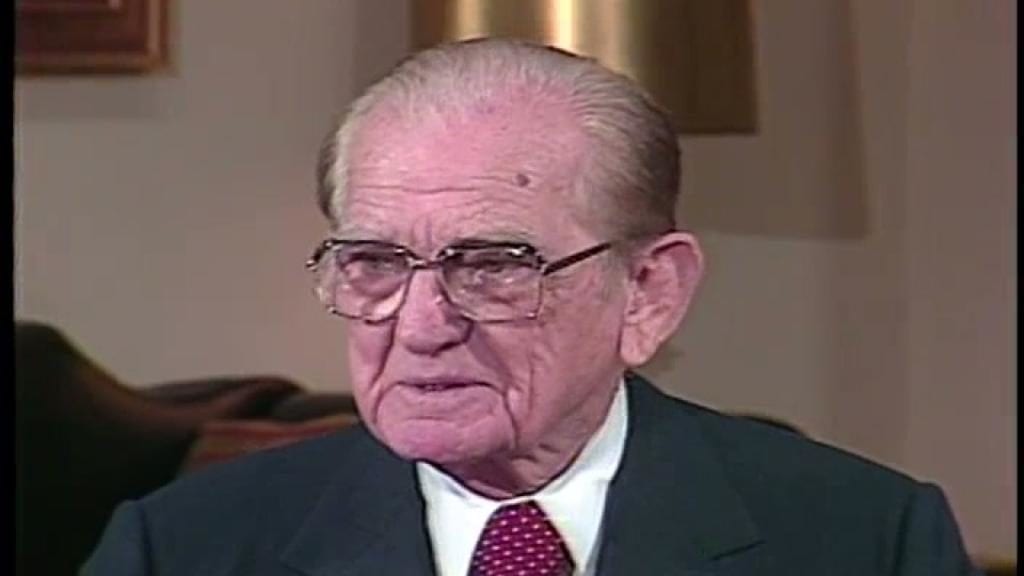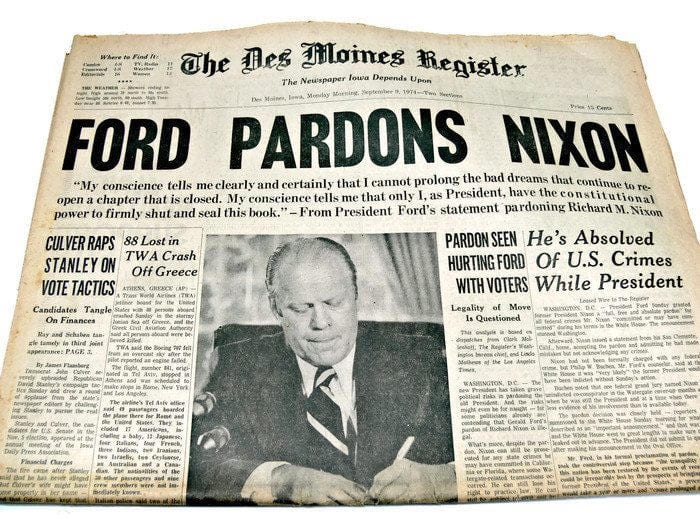SEE ALSO: 10 Reasons Richard Nixon Was Secretly An Amazing President But the story you usually hear—of a President covering-up the wire-tapping of his rivals’ phones—was only the tip of the iceberg. There are details that usually get cut out of the story that expose just how deep political corruption ran during the time of Richard Nixon. There’s a whole level to the Watergate Scandal that most people have heard — and it delves into everything from murder, kidnapping, and political prostitution rings to illegal experiments on American citizens.
10 The original plan involved kidnappings and prostitutes
The Watergate Break-In was the brainchild of G. Gordon Liddy, Finance Counsel for the Committee for the Re-Election of the President. But it was just a watered-down version of Liddy’s original plan to sabotage the Democrats: a $1 million scheme that involved everything from kidnappings to prostitutes. He wanted to create mugging squads to kidnap anti-war protestors, send them across the board, and keep them hostage in Mexico until the Democratic National Convention was over. At the same time, he was going to funnel cash to a black congresswoman named Shirley Chisholm in the hopes that putting her in the limelight would spark racial and gender discord. And he wasn’t just going to wiretap their phones. He was also going to send them a yacht full of prostitutes in the hopes that anyone he could get on board would be embroiled in a scandal that would end their career. John Mitchell, the chairman of Nixon’s re-election campaign, vetoed everything but the wiretapping, telling Liddy: “Gordon, that was not quite what I had in mind.” But if Liddy had gotten his way, the Watergate Scandal he was planning would have made the one we got look like a harmless prank.[1]
9 Nixon’s men plotted a journalist’s murder
Before the Watergate Scandal broke, Nixon’s biggest problem was a new story about India. In December of 1971, journalist Jack Anderson published classified documents revealing that Nixon’s government had been secretly arming Pakistan in a war against India. Nixon and Mitchell wanted him silenced. In one Nixon’s tapes, Nixon and his top men can be heard plotting to get rid of Anderson, either by tricking him into printing fake news stories to discredit him or by spreading rumors that he was a homosexual. They ended up being even more direct. Gordon Liddy and CIA officer Howard Hunt both claim that Nixon’s Special Counsel Chuck Colson ordered them to have Anderson killed. Hunt claims that the group met with a retired CIA poison doctor and discussed plans to either sneak poison into Anderson’s medicine cabinet or to force an accident by wiping LSD on his steering wheel. The plan was only dropped because the Watergate Scandal distracted Nixon’s team from the murder plot. Ethics didn’t have anything to do with it. If Nixon asked them to do it, Liddy, Hunt, and Colson were ready to kill.[2]
8 John Mitchell’s wife was kidnapped, beaten, and drugged
As soon as news of the Watergate Break-In hit the news, John Mitchell’s wife, Martha, knew her husband was involved. When the news broke, she called a friend, Helen Thomas, a journalist with the United Press, and admitted her fears that her husband has played a role. But their conversation was cut short. Martha suddenly became panicked while they were talking and shouted: “You just get away!” at somebody in her room. Then the call switched to a hotel operator who told Thomas that she was “indisposed”. Nobody saw Martha for days afterward. Another one of her friends, Marcia Kramer, had to track her down, eventually finding her locked in a room in a country club in New York, beaten and covered in black and blue bruises. Nixon’s security agent, Steve King, had broken into Martha’s room, yanked the cord out of her phone in the middle of her conversation, and beaten her. For days, she’d been locked inside, where she was forcibly tranquilized, starved, and kept prisoner to keep her from talking. She was horribly injured. Martha needed six stitches to close a wound she’d gotten after King had thrust her hand through a glass window. But she wasn’t silenced. As soon as she got out, she wrote a letter to the press describing everything that had happened to her, swearing: “I will not let these lies be told. … They’re not going to get away with this.”[3]
7 Howard Hunt’s wife may have been murdered to keep her quiet
Martha made it out of her ordeal hurt but still breathing — but Howard Hunt’s wife wasn’t as lucky. On Dec. 8, 1972—174 days after the Watergate Break-In — United Airline Flights 553 came down on a Chicago Neighborhood, two miles from the runway, snapped in two, burst into flames, and killed 43 of the people on board. Dorothy Hunt was on that plane — and in her luggage, she was carrying $10,000 in cash and cashier’s checks. Chuck Colson—the man who ordered the hit on Jack Anderson — insists that the crash was no accident. He claims that the CIA deliberately sabotaged the plane to get rid of Hunt, and that she was carrying “hush money” from Nixon and evidence that could have taken him down. Colson’s claim has never been proven. This one’s still a “maybe”—an unconfirmed claim that might best be filed under “conspiracy theories”. The official report says that the plane went down because of a “pilot error”, and there’s no hard prove that the official story is wrong. But the pilot who crashed Dorothy Hunt’s plane by “error” had more than 18,000 flight hours under his belt. And when the National Transportation Safety Board reached the crash site, they saw something very unusual. The plane was already being crawled by agents of the FBI.[4]
6 Washington D.C.’s elite prostitution ring
Nobody knows for sure why Nixon’s men broke into Watergate — but Gordon Liddy can be believed, it was because they were trying to cover up evidence that Nixon Counsel John Dean’s girlfriend, Maureen Biner, was part of an elite Washington D.C. prostitute ring. It’s a story that journalist Jim Hougan has espoused upon extensively. Hougan claims that the wiretap at Watergate was meant to catch calls between members of the DNC and a group of prostitutes working for a former Washington lawyer named Phillip Bailley. Whether Liddy and Hougan are telling the truth is up to debate. John Dean has denied it furiously, and there have been attempts to sue Liddy for defamation for telling the story. There’s no hard proof that this really was the break-in’s purpose — but there is proof that there was an elite prostitution ring in Washington D.C. One week before the Watergate Scandal went public, Phillip Bailley was arrested and indicted on charges of transporting prostitutes from Maryland into DC. The elite prostitution ring was real, and he really did staff it with secretaries and office workers from Capitol Hill.[5]
5 The CIA reacted to Watergate by destroying their records
By now, most of you probably know about MK-Ultra, the illegal experiments the CIA conducted on American citizens that resulted in at least two deaths. But you might not realize just how much information about it has been destroyed. When the Watergate Scandal hit the news, CIA Director Richard Helms got nervous about his own secrets. Nixon’s predicament forced him to realize that his own crimes could also be brought to the light, and so he ordered his men to destroy every single document related to MK-Ultra. The terrifying part about this is that his order was followed. The CIA gathered up every single document they could find about MK-Ultra and destroyed them, and we still have no idea what was in any of those papers. We know about MK-Ultra because a tiny amount of the documentation was accidentally overlooked, most of which was just financial documents. But because of Helms’ reaction to Watergate, there is a mountain of information on illegal CIA activities that we’ll never get to see.[6]
4 The CIA was spying on at least one member of Congress
The Senate Watergate Committee assigned to investigate the Watergate Scandal discovered far more than they ever could have expected. They didn’t just find evidence that Nixon was involved in a cover-up — they found evidence that the US intelligence community had been conducting illegal operations against their own citizens since at least the 1940s. Nixon’s men hadn’t just wiretapped the Watergate Complex. For years, the CIA had been spying on American citizens. COINTELPRO — the FBI’s campaign to illegally spy on and disrupt everyone from anti-war protestors to civil rights activists — were part of these revelations, which you’ve likely heard about in detail already. But you might not know that the CIA was actively involved in a Watergate-like scandal of their own. Evidence was found proving that at least one member of Congress — whose name has been kept confidential — was under active surveillance by the CIA. The CIA had been following and wiretapping a Congress member’s phone, just as they did with the Black Panthers. It’s very likely that more than one politician was targeted. The investigation found CIA papers on multiple members of Congress, all filed together in dossier labeled “dissident Americans”.[7]
3 During the scandal, Nixon was re-elected by a landslide
One of the tenets of Democracy is that the people should be able to keep corruption in check. If a politician oversteps his bounds, the American people have the power to vote him out of office and right the wrongs themselves — at least, in theory. But in practice, the exact opposite happened during the Watergate Scandal. While all these horror stories were filling the news, Nixon wasn’t just re-elected — he was re-elected in the single greatest landslide in American history. The facts were already in the news. By election day, the Watergate Break-In had already been tied to Nixon’s campaign. Hunt and Liddy had already been indicted by a grand jury, and Martha Mitchell had already told the press how she’d kidnapped, beaten, and locked up for days. And still Nixon won 520 electoral seats, while his challenger, George McGovern, only managed to get 17. And he didn’t just win the electoral college—he got the greater share of the popular vote than any American presidential candidate.[8]
2 The Stennis Compromise
While word got out that Nixon had recorded his own conspiracy, Nixon had to do everything he could to keep his tapes from seeing the light of day. He knew that, if anyone ever heard them, his career would be over. So Nixon proposed something he called the “Stennis Compromise”: he would release the taps under the condition that the only person trusted to transcribe them would be Sen. John Stennis: a nearly-deaf, heavily medicated, 71-year-old man. The plan was to have one of Nixon’s men, J. Fred Buzhardt, “assist” him in the transcription, letting Nixon write down anything he wanted. It was an incredible transparent scheme — but what’s most disturbing of all is that it was actually approved. According to a White House memo, the Stennis Compromise was approved by everybody involved. Nixon very nearly got away with it — until, at the last moment, Special Prosecutor Archibald Cox refused. Cox’s refusal led to the “Saturday Night Massacre”, in which Nixon ordered that Cox be fired and then fired everyone who refused to do it. But if he hadn’t stopped it, Nixon would have gotten away with it.[9]
1 Nixon nearly pardoned himself
The story of the Watergate Scandal has an infuriating end. Less than a month after Nixon left office, his replacement, Gerald Ford, pardoned him for every crime he’d committed. Ford insisted that Nixon hadn’t ordered him to do it, and we can’t completely prove he was lying. But we do know that Nixon proposed a very similar plan. He was just going to pardon himself. Nixon asked both his personal lawyer and the Department of Justice to look into whether or not the President could pardon himself of future crimes for which he had not yet been charged. They couldn’t agree — his lawyer thought it would work, while the Department of Justice wasn’t convinced. But even if they didn’t think it was possible, the Department of Justice didn’t dissuade him from doing it. The Assistant Attorney General sent Nixon a letter specifically recommending that he take advantage of a legal loophole to stay in office: If Nixon used the Twenty-Fifth Amendment to temporarily appoint Ford as Acting President, the Assistant Attorney General recommended, Ford would be able to pardon him. “Thereafter,” the letter reads, “the President could either resign or resume the duties of his office.” Nixon didn’t take their advice and resume his Presidency — but if he had, the Department of Justice was ready to back him up every step along the way.[10] About The Author: Mark Oliver is a regular contributor to Listverse. His writing also appears on a number of other sites, including The Onion’s StarWipe and Cracked.com. His website is regularly updated with everything he writes. Read More: Wordpress

